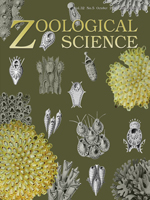BioOne.org will be down briefly for maintenance on 13 August 2025 between 18:00-21:00 Pacific Time US. We apologize for any inconvenience.

Population Genetic Structure and Species Status of Asiatic Toads (Bufo gargarizans) in Western China
